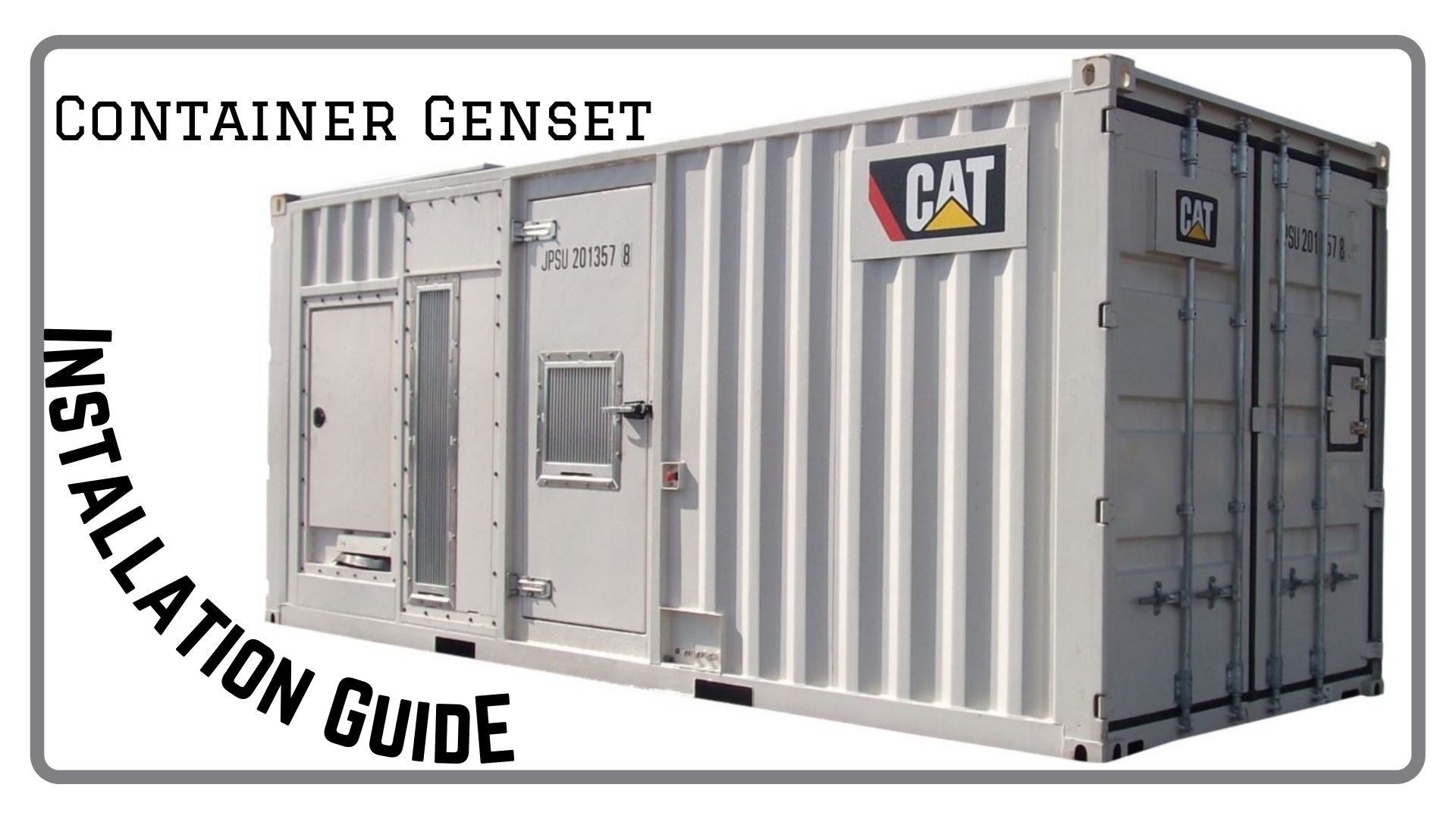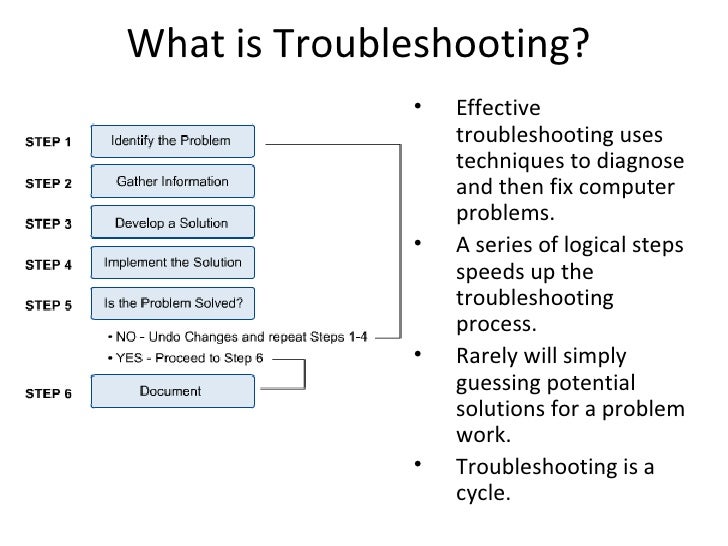Understanding Container Detachment: A Crucial Skill in the World of DevOps
Container detachment is an essential skill in the realm of DevOps and modern IT infrastructure management. In a world where containerized applications are becoming increasingly popular, understanding how to detach a container is crucial for efficient resource optimization and flexibility. A container is a lightweight, standalone, and executable software package that includes everything needed to run a piece of software, including the code, a runtime, libraries, environment variables, and config files.
Detaching a container means separating it from the terminal or console that started it, allowing it to run as a background process. This technique is particularly useful when managing containerized applications, as it enables the simultaneous execution of multiple tasks without the need for constant user interaction. By detaching a container, you can allocate resources more effectively and maintain a more stable and streamlined system.
In this comprehensive guide, we will explore the ins and outs of detaching containers, covering various command-line interfaces, advanced techniques, best practices, and real-world applications. We will also discuss common issues and future trends, ensuring that you have all the necessary knowledge to master the art of detaching containers and enhance your DevOps skills.
How to Detach a Container: Step-by-Step Instructions
Detaching a container allows it to run as a background process, freeing up the terminal or console for other tasks. This section will provide clear, concise instructions on how to detach a container using popular command-line interfaces, such as Docker and Kubernetes. By following these step-by-step guides, you will be able to efficiently manage your containerized applications and optimize resource usage.
Detaching a Docker Container
To detach a Docker container, follow these simple steps:
- Run the
docker pscommand to list all running containers. - Identify the container ID or name you wish to detach.
- Execute the command
docker detach [container_ID]ordocker detach [container_name].
Once executed, you will be detached from the container, and it will continue running in the background. To reattach to the container, use the command docker attach [container_ID] or docker attach [container_name].
Detaching a Kubernetes Container
To detach a container running in a Kubernetes pod, follow these steps:
- Run the command
kubectl get podsto list all pods in your cluster. - Identify the pod name containing the container you wish to detach.
- Execute the command
kubectl exec -it [pod_name] -- /bin/bashto open a terminal session within the container. - Use the command
exitorCtrl+Dto detach from the container, which will continue running in the background.
By understanding how to detach containers using Docker and Kubernetes, you can effectively manage your containerized applications and optimize resource allocation. In the following sections, we will explore the differences between detaching, stopping, and removing containers, and discuss advanced techniques for detaching containers using systemd and other tools.
Exploring the Differences: Detach vs. Stop vs. Remove
In the world of container management, it is essential to understand the differences between detaching, stopping, and removing containers. Each operation serves a unique purpose, and knowing when to use each one can significantly improve your container management efficiency.
Detach
Detaching a container allows it to continue running as a background process, freeing up the terminal or console for other tasks. This operation is particularly useful when managing containerized applications, as it enables the simultaneous execution of multiple tasks without the need for constant user interaction. To detach a container, use the docker detach or kubectl exec -it [pod_name] -- /bin/bash commands for Docker and Kubernetes, respectively.
Stop
Stopping a container halts its execution and releases its resources. This operation is useful when you no longer need a container to run, but you may want to start it again in the future. To stop a container, use the docker stop [container_ID] or kubectl delete pod [pod_name] commands for Docker and Kubernetes, respectively.
Remove
Removing a container not only halts its execution but also deletes its filesystem and configuration. This operation is useful when you no longer need a container and want to free up the associated resources completely. To remove a container, use the docker rm [container_ID] or kubectl delete pod [pod_name] --grace-period=0 --force commands for Docker and Kubernetes, respectively.
Understanding the differences between detaching, stopping, and removing containers is crucial for efficient container management. In the following sections, we will discuss advanced techniques for detaching containers using systemd and other tools, and explore best practices for detaching containers in production environments.
Advanced Techniques: Detaching Containers with Systemd and Other Tools
While detaching containers using command-line interfaces like Docker and Kubernetes is common, alternative tools and methods can provide additional benefits and flexibility. In this section, we will discuss advanced techniques for detaching containers using systemd and other tools, along with their benefits and drawbacks.
Systemd
Systemd is a popular system and service manager for Linux systems. It can be used to manage and supervise containers, allowing you to detach them as background processes. To use systemd for container management, you need to create a systemd unit file, which defines the container’s configuration and start command. Once the unit file is created, you can use the systemctl start, systemctl stop, and systemctl status commands to manage the container.
Benefits:
- Systemd provides better integration with the host system, allowing for easier management and monitoring.
- Systemd units can be configured to start automatically at boot time, ensuring that containers are always running when needed.
Drawbacks:
- Setting up systemd for container management can be more complex than using command-line interfaces.
- Systemd is not available on all Linux distributions, limiting its applicability in some environments.
Alternative Container Management Tools
Several alternative container management tools, such as Podman, CRI-O, and containerd, offer advanced features and capabilities for detaching containers. These tools often provide better performance, security, and compatibility with various container runtimes and orchestration platforms.
Benefits:
- Alternative tools can offer better performance, security, and compatibility than traditional command-line interfaces.
- These tools often support the latest features and advancements in container technology.
Drawbacks:
- Learning and adopting new tools may require additional time and resources.
- Some alternative tools may have a smaller community and fewer resources for troubleshooting and support.
Understanding advanced techniques for detaching containers can help you optimize your container management workflows and take advantage of the latest features and capabilities. In the following sections, we will discuss best practices for detaching containers in production environments and present a real-world case study of a company that has successfully implemented container detachment in their workflow.
Detaching Containers in Production Environments: Best Practices
When working with containerized applications in production environments, it is essential to follow best practices for detaching containers to ensure security, stability, and efficient resource allocation. This section will discuss essential best practices for detaching containers in production settings.
Proper Resource Allocation
Properly allocating resources to your containers is crucial for maintaining system stability and performance. When detaching containers, ensure that they are configured with the appropriate CPU, memory, and storage limits. This configuration helps prevent resource contention and ensures that each container has the resources it needs to function correctly.
Monitoring and Logging
Monitoring and logging container performance is essential for identifying and resolving issues that may arise during the detachment process. Implement a robust monitoring and logging strategy that tracks container resource usage, network activity, and application logs. This strategy enables you to quickly identify and address any potential issues, ensuring the smooth operation of your containerized applications.
Security Considerations
Security is a top priority in production environments. When detaching containers, ensure that you follow security best practices, such as isolating containers using Linux namespaces and control groups, limiting container network access, and regularly updating container images and base operating systems.
Phased Rollouts and Rollbacks
When detaching containers in production, consider implementing phased rollouts and rollbacks to minimize downtime and reduce the risk of application issues. Phased rollouts gradually introduce new container versions to a subset of users, allowing you to identify and address any problems before they affect the entire user base. Rollbacks enable you to quickly revert to a previous container version if issues arise during the detachment process.
Automation and Orchestration
Automation and orchestration tools, such as Kubernetes, Docker Compose, and Ansible, can help streamline the container detachment process in production environments. These tools enable you to define and manage container configurations, resources, and network settings, ensuring consistent and reliable container operation.
By following these best practices, you can ensure that your containerized applications run smoothly and securely in production environments. In the following sections, we will present a real-world case study of a company that has successfully implemented container detachment in their workflow and discuss common issues that may arise when detaching containers, along with practical solutions and preventive measures.
Case Study: Real-World Applications of Container Detachment
In this case study, we will explore how a real company, Acme Inc., successfully implemented container detachment in their workflow and the benefits they experienced as a result. Acme Inc. is a mid-sized software development firm that specializes in creating custom enterprise solutions for various industries.
Challenges Faced
Before implementing container detachment, Acme Inc. faced several challenges in managing their containerized applications, including:
- Resource contention and performance issues due to improper resource allocation
- Difficulty monitoring and logging container performance and activity
- Security concerns related to containerized applications in production environments
- Time-consuming and error-prone manual container management processes
Solutions Developed
To address these challenges, Acme Inc. implemented the following solutions:
- Adopted a container orchestration platform (Kubernetes) to automate container management tasks and ensure proper resource allocation
- Implemented a robust monitoring and logging strategy using tools such as Prometheus and Grafana to track container performance and activity
- Established strict security policies and best practices, including network segmentation, role-based access control, and regular security audits
- Integrated container detachment into their CI/CD pipeline to streamline the deployment and scaling of containerized applications
Benefits Experienced
As a result of implementing container detachment and addressing the challenges they faced, Acme Inc. experienced several benefits, including:
- Improved resource optimization and reduced resource contention, leading to better application performance and stability
- Enhanced monitoring and logging capabilities, enabling faster issue identification and resolution
- Increased security and compliance, with reduced risk of breaches and improved adherence to industry standards
- Streamlined container management processes, reducing manual intervention and minimizing human error
By successfully implementing container detachment in their workflow, Acme Inc. was able to improve their containerized application management, optimize resources, enhance security, and streamline their operations. This case study demonstrates the real-world value and applicability of container detachment best practices in production environments.
Troubleshooting Common Issues: A Practical Guide
When detaching containers, IT professionals may encounter several common issues, such as orphaned processes or resource leaks. This section provides a practical guide for troubleshooting these issues and offers practical solutions and preventive measures to ensure smooth container management.
Orphaned Processes
Orphaned processes occur when a parent process terminates, but its child processes continue running. In container environments, orphaned processes can lead to resource contention, performance issues, and unexpected application behavior. To address orphaned processes, consider implementing the following solutions:
- Use a process supervisor, such as systemd or supervisord, to manage container processes and automatically reap orphaned processes
- Implement a health check mechanism to monitor container processes and automatically restart failed or orphaned processes
- Configure container resource limits to prevent resource-intensive orphaned processes from impacting other containerized applications
Resource Leaks
Resource leaks occur when a containerized application fails to release allocated resources, such as memory or file handles, after they are no longer needed. Over time, resource leaks can lead to performance degradation, application crashes, and system instability. To prevent and address resource leaks, consider the following best practices:
- Implement regular resource monitoring and logging to identify potential resource leaks early
- Configure container resource limits to prevent runaway resource consumption
- Use tools, such as valgrind or strace, to identify and diagnose memory or file handle leaks in containerized applications
- Implement automated testing and continuous integration to catch and fix resource leaks during the development process
By understanding and addressing common issues, such as orphaned processes and resource leaks, IT professionals can ensure smooth container management and maintain the security and stability of their containerized applications. In the following section, we will discuss emerging trends and future predictions in the field of container detachment, including advancements in container management tools and the increasing adoption of containerization in various industries.
The Future of Container Detachment: Trends and Predictions
As containerization continues to gain traction in modern IT infrastructure management, the art of detaching containers will remain a crucial skill for DevOps professionals. In this section, we will discuss emerging trends and future predictions in the field of container detachment, including advancements in container management tools and the increasing adoption of containerization in various industries.
Advancements in Container Management Tools
As containerization technology evolves, so too will the tools used to manage and detach containers. Future developments in container management tools may include:
- Improved automation and orchestration capabilities, enabling more efficient and seamless container detachment
- Enhanced monitoring and logging features, providing deeper insights into container performance and resource utilization
- Integration with emerging technologies, such as edge computing, IoT, and serverless architectures
Increasing Adoption of Containerization
The use of containerization technology is expected to grow across various industries, including finance, healthcare, and manufacturing. As more organizations adopt containerization, the demand for skilled DevOps professionals with expertise in container detachment will increase. Familiarity with container detachment best practices and emerging trends will be essential for IT professionals seeking to stay competitive in this evolving landscape.
Staying Up-to-Date
To stay current with the latest developments in container detachment, IT professionals should:
- Follow industry news and publications, such as containerization.io, DevOps.com, and The New Stack
- Participate in online forums, communities, and conferences, such as Kubernetes Community Days, DockerCon, and Container World
- Engage in continuous learning and professional development, including hands-on practice, training, and certification programs
By staying informed about emerging trends and advancements in container detachment, IT professionals and organizations can ensure they are well-positioned to leverage the benefits of containerization technology and maintain a competitive edge in the ever-evolving world of DevOps.






